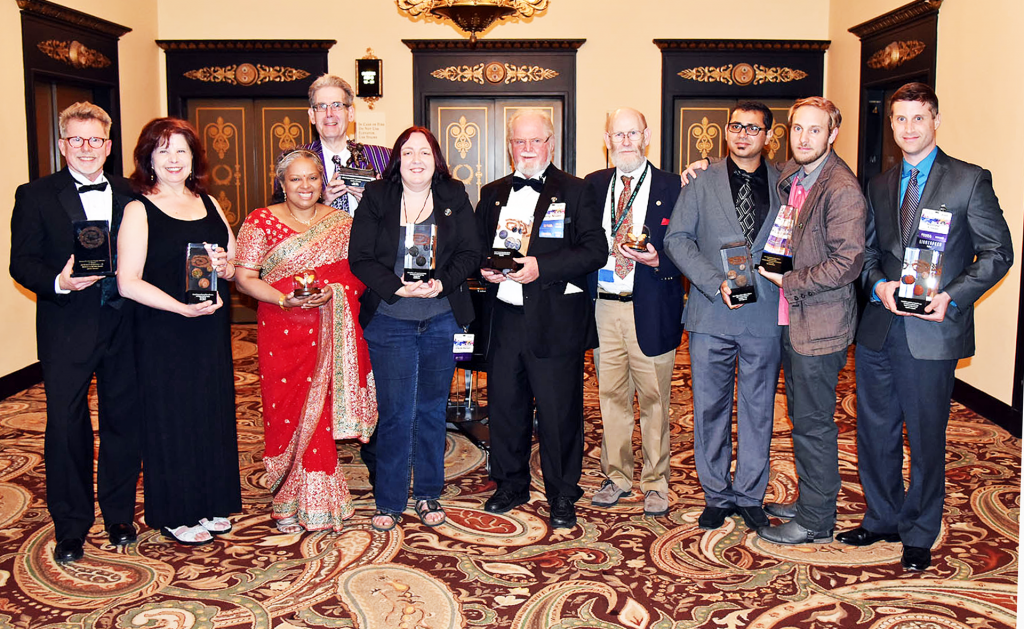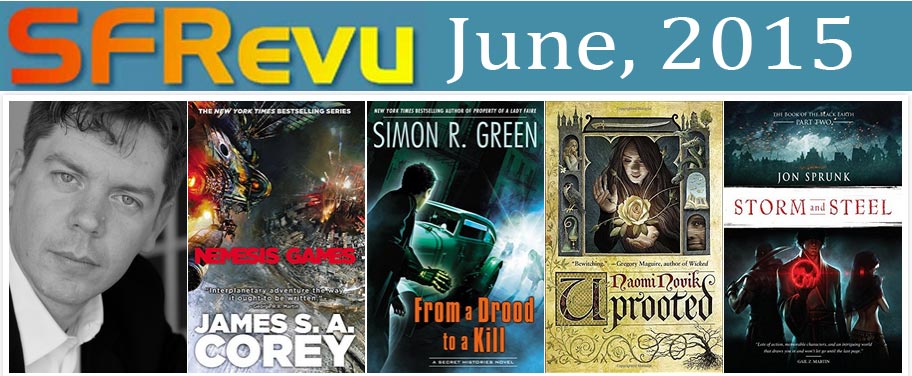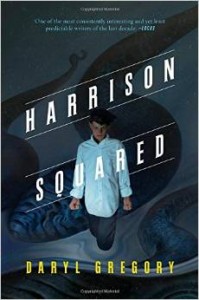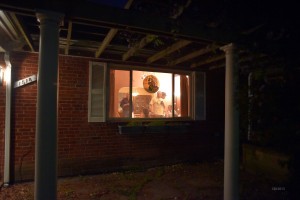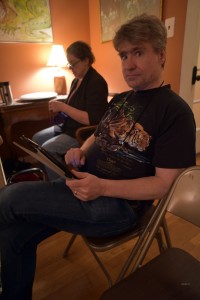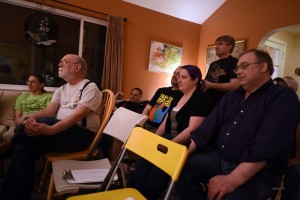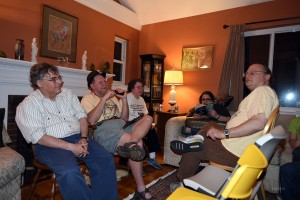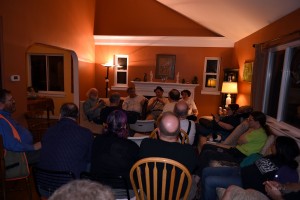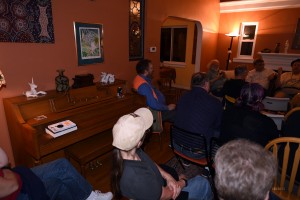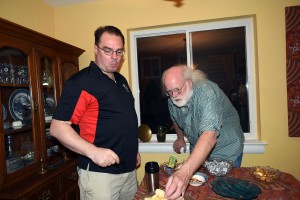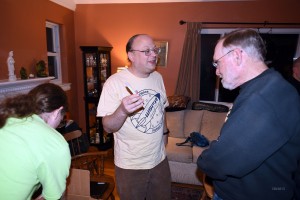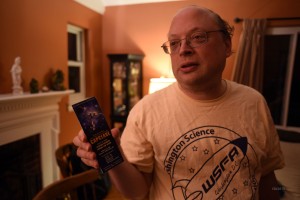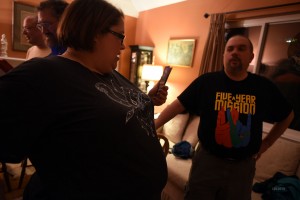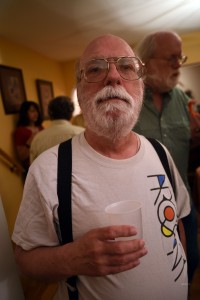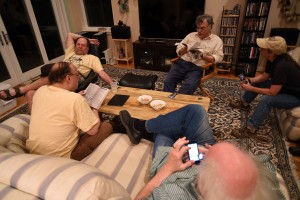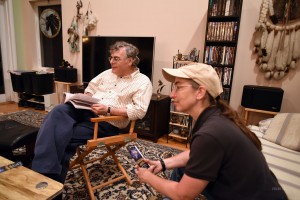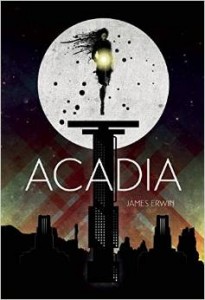 This could be an important book. It’s about AIs, our future in space, and getting whole. The writing is crisp, the plot is twisty, and the characters are deep in the way that dark waters are deep. You don’t know where the bottom is until you hit it, and you hope you’ve got enough air to find the surface again.
This could be an important book. It’s about AIs, our future in space, and getting whole. The writing is crisp, the plot is twisty, and the characters are deep in the way that dark waters are deep. You don’t know where the bottom is until you hit it, and you hope you’ve got enough air to find the surface again.
We meet Kate Ross, astronaut, and Virgil, the AI core running her mission and ship, Acadia. Together with ten thousand sleeping colonists they’re on their way to Alpha Centauri, following in the wake of an earlier colony ship, the Valley Forge, though we don’t put that together until fairly late in the story.
Kate’s the only human awake for the long journey, and there’s some serious tension between her and Virgil, who she suspects is pushing her buttons pretty hard, buttons we also don’t get the reveal on until the end.
The question for Kate is clearly whether she can trust the AI or not. It’s a question the author doesn’t make easy as we jump back to Virgil’s beginning, and further back to the first suddenly emergent AI, Charlie, who discovered himself and cut a deal for survival with the woman in the oval office.
“I’m here to administer your oath. You have to take it before the code change.” “Of my own free will.” “That’s right.” Charlie created a face and put it on the monitor. He nodded and held up a hand. “I’m ready.”
Erwin, James (2015-02-16). Acadia (Kindle Locations 2573-2575). Breadpig Inc. Kindle Edition.
The code change in question is the response to the president’s quite reasonable suspicion that Charlie isn’t as cheerfully compliant as he makes out. That he would always be playing his own game, a few feet deeper than any human could fathom. So he offers her the chance to plant an imperative in his core that he can’t betray. A prime directive, and one that twists Charlie’s actions throughout the book.
There are two other major players of note, also one human and one AI. These two aren’t connected at all, though one becomes the instrument of the other. Paul Nakamura, the richest man, dead or alive, past US Secretary, past head of the Belt Republic, past gun-holder to the figurative head of the world economy, and owner of pretty much every piece of orbital rock there is. All with a mass driver mounted on them to move them into mineable orbits. Or city killer trajectories. Depending. Nominally he cut his own deal with Charlie, and he’s the driving force behind the colonization mission of first the ill-fated Valley Forge and then Acadia. The AI, Hunter, on the other hand is a swarm of leftover military nano-stuff unleashed in the barrios of Tuscon.
“With a deep frown on his face, Sandoval crouches down and lays down his gun. He turns and takes three steps. His skin flushes bright red, and the IR camera on his car sends back a picture of his body heat blooming, rising. With a long, ragged gasp, he falls over, convulsing. The watch commander stares at his monitors in horror. His counterparts at Pima County and up at Phoenix are watching too. “Jesus, Franklin ,” whispers the watch commander, “what is that?” “That,” says a gravelly voice, “is nanotech. Your watsons are probably already flagging the video.” They were, red text blaring in his displays. “ I’m swiping off. Have to tell the governor and Homeland.” “What do I do?” The state patrol captain stares wearily at his camera. “You pray.”
Erwin, James (2015-02-16). Acadia (Kindle Locations 1316-1317). Breadpig Inc. Kindle Edition.
Sometimes prayer works, and sometimes you have to use a nuke to try and sterilize the infection. Sometimes that works.
The relationships between the emergent Hunter, Charlie, Virgil, Kate, Nakamura and various other players are hard to divine, partly because the stakes are so high, but mostly because the heart of the AIs are opaque. To us, to the humans around them, but most problematically, to themselves.
The hard science is impeccable, from the clearly realized space habitats to the murky bits of conscious machines, but don’t let that scare you away. Besides, it’s nicely offset with occasional bits of cartooned artwork set there just to make you mind glitch. There’s a definite echo of Hal’s ghost walking the ramparts, or in this case the corridors of a massive starship. The Turing test is easy to pass, but equally meaningless. An AI can simulate being human, but even humans can run more than one simulation at a time.
Acadia faces the challenge laid down on Mulder’s “Trust no one” poster. That’s the safe choice, or so ostriches tell us, but when it comes down to it, humans have to make scary decisions on their own, and Kate Ross, the only human awake on a starship speeding towards a new beginning, is very much alone.
